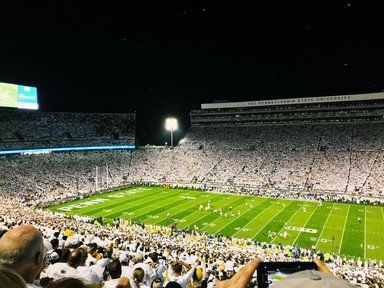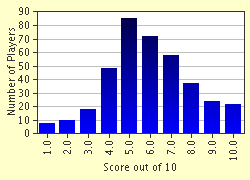Quiz Answer Key and Fun Facts
1. We were just two "old" quarterbacks, starting against each other for only the second (and last) time of our careers, when our teams played each other on September 24, 1972. The young guys should've been there taking notes. By the time the dust had cleared, we'd combined for 872 yards passing, and thrown eight touchdown passes. Who are we?
2. There were coaches in the league younger than I was. I had teammates who hadn't been born when I cashed my first NFL paycheck. So, what did I do in 1970? For five weeks in a row I pulled rabbits out of a hat, helping my team go 4-0-1 in games where we'd been struggling. Who am I?
3. Kickers kept getting stronger and more accurate in the 1970s, and the league responded with several rule changes in an effort to partially offset the progress. With one exception, all of the following were part of those new rules. Which was not a rule change made by the NFL in the 1970s?
4. Everyone laughed at my teams. They called us, "The Over the Hill Gang", because we were the oldest team in the league. I had the last laugh though. I returned our team to the playoffs for the first time in almost 40 years. We went to the Super Bowl. I never came close to having a losing season. Who am I?
5. The New York Giants were the nomads of the league in the 1970s, having more home venues than any other team in the decade. Which of the stadiums listed below did not host a New York Giant home game in the 1970s?
6. When a sportswriter asked Tampa Bay Buccaneers coach John McKay about his team's execution, how did McKay respond?
7. Super Bowl V was a game of many firsts. Which item below was not one of them?
8. My decade started and ended slowly, as I gained only 488 yards in 1970 and only 460 in 1979. But for most of the 1970s, I ran like a criminal trying to elude police on the freeway, and my 10,539 yards during the decade outgained all other running backs during that period. Who am I?
9. From its 1970 debut, Monday Night Football was an immediate hit with football fans and the viewing public. By the end of the 1979 season, which member of its broadcast team had covered the most games for the program?
10. On November 19, 1978, quarterback Joe Pisarcik and running back Larry Csonka played a memorable role in a last minute 19-17 win by the Philadelphia Eagles. What is note worthy about that?
Source: Author
d2407
This quiz was reviewed by FunTrivia editor
Nightmare before going online.
Any errors found in FunTrivia content are routinely corrected through our feedback system.

